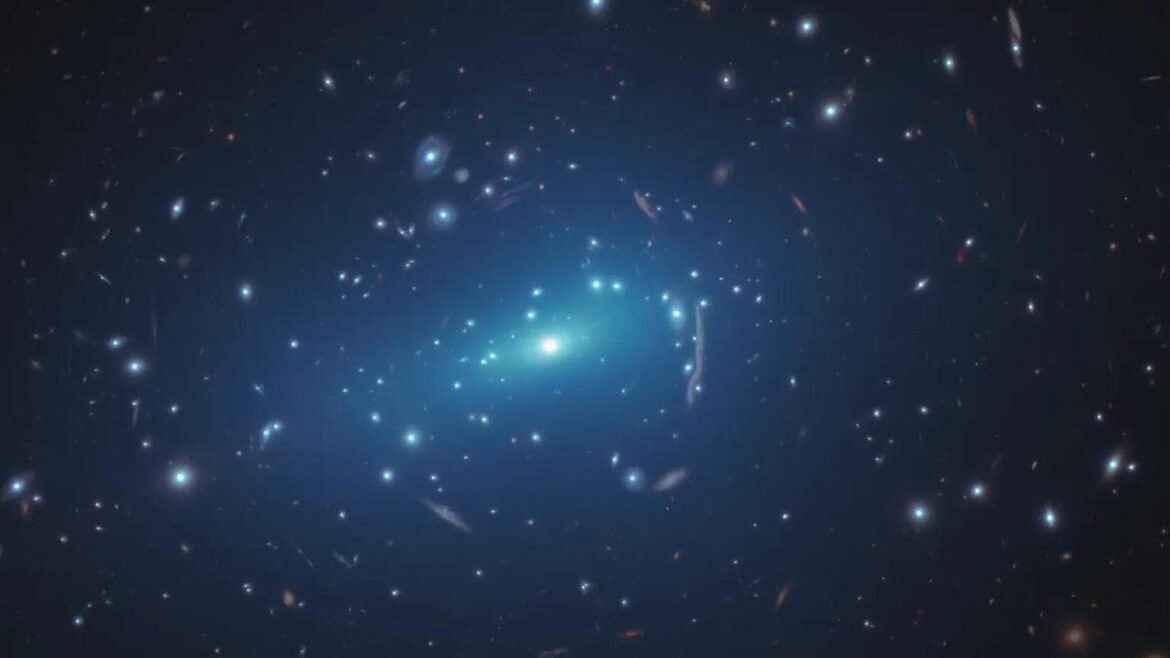In theory, dark matter is cold, collisionless, and only interacts via gravity. What we see in ultra-diffuse galaxies indicates otherwise.
One of the biggest cosmic puzzles in the entire Universe is dark matter. If we take for granted that we know:
- the laws of physics (the Standard Model plus General Relativity),
- the origin of our Universe (the hot Big Bang preceded by a phase of cosmic inflation),
- and the contents of our Universe (the amount of matter comprised of Standard Model particles),
our cosmic picture fails to add up. From how galaxies rotate to how they move within galaxy clusters to gravitational lensing profiles to the total mass/energy of the Universe to how the Universe expands over time to features in the Big Bang’s leftover glow and the large-scale clustering of galaxies on cosmic scales, a Universe with only the Standard Model particles in it fails to match observations. Instead, two additional ingredients — dark matter and dark energy — are usually added to complete the picture, where everything then falls back into line with what’s observed.
As far as dark matter is concerned, this addition is troubling to many. Whereas…

